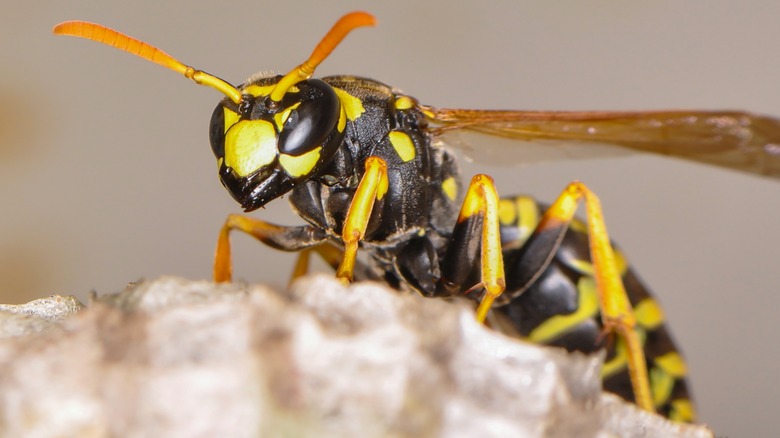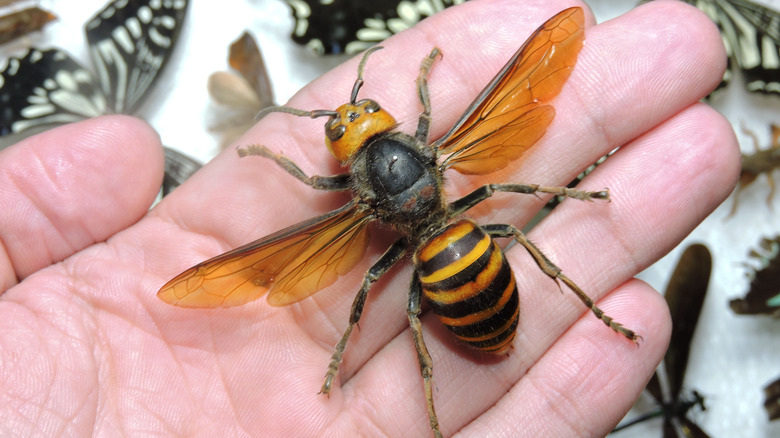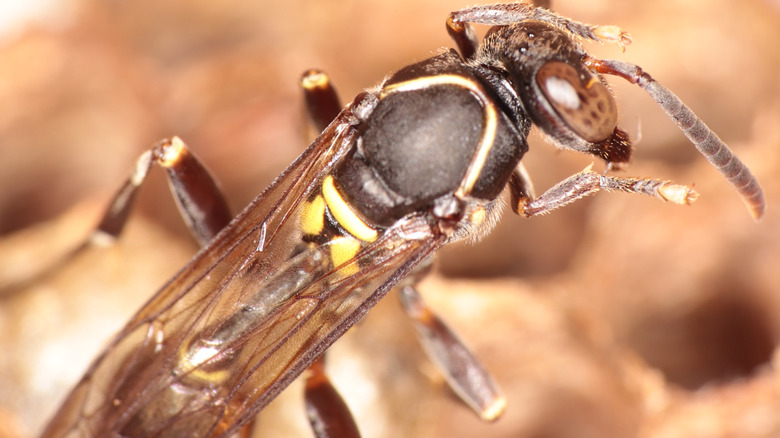A Brazilian Wasp Could Help Treat Cancer
Cancer is one of the greatest threats, the most feared diseases, we have ever faced. The most fearsome aspect is just how widespread it is. According to the World Health Organization, the most common cancers manifest in the breast, prostate, lung, rectum, and colon, with about 10 million people dying from some form of the disease in 2020. Cancer is such an insidious threat because it is often tricky to detect (in terms of symptoms) until reaching a more advanced stage, and as a result, treatments can become less effective and more difficult to administer upon diagnosis.
Fortunately, facilities and charities around the world continue to develop new and innovative ways to treat cancer and support those living with it. In the United Kingdom, Macmillan Cancer Support is a tremendous force for good in that regard. In 2021, the charity provided £171.6 million (around $213.1 million) of such supportive services.
As treatment breakthroughs continue to be made by brilliant minds in the field, lives are enriched, prognoses are improved, and invaluable friendship and support are provided. Sometimes, these breakthroughs come from the most unexpected places — including within the body of a very special wasp in Brazil. Researchers say the insect hides a chemical that could prove key to the future of cancer treatment.
The wonders of wasp venom
Generally speaking, self-professed wasp fans are quite difficult to come by. As a collective, wasps have been painted as rather aggressive, frightening creatures. The likes of the tarantula hawk wasp (the female of which species famously hunts tarantulas, incapacitates them with its sting, and then lays an egg on them so they serve as still-living larders for their young, per the Natural History Museum) don't exactly help that reputation.
Then there's the giant hornet, the largest wasp in existence. In a special "Bite, Sting, Kill" episode (via Nat Geo WILD on YouTube), the narrator reports that these formidable critters are "about as big as a matchbox," and sport "a quarter-inch long stinger [which] injects a complex enzyme mixture that destroys tissue."
Flying little doom-matchboxes they may be, but this is the key point: wasps have some fascinating and potent chemical mixtures in their bodies. This is scary, for certain, but it seems that such chemicals may have applications for cancer treatment, potentially destroying cancer cells while leaving others unharmed.
Polybia paulista could be the key to new cancer treatments
The September 2015 study "Brazilian wasp venom kills cancer cells by opening them up" from Cell Press (via ScienceDaily) focuses on one particular wasp: Polybia paulista. These canny creatures are equipped with venom they use to defend themselves. The chemical mixture, dubbed MP1 or Polybia-MP1, is reportedly sophisticated enough to 'target' cancerous cells specifically.
It's the makeup of cancer cells, it seems, that is their ultimate undoing (literally) when faced with this venom. "MP1 interacts with lipids that are abnormally distributed on the surface of cancer cells, creating gaping holes that allow molecules crucial for cell function to leak out," the study reports. They are, in not-so-technical terms, torn apart and destroyed. Healthy cells seem unaffected, and it's believed that this is because vital components of cancer cells are found "in the outer membrane leaflet facing the cell surroundings," while in non-cancerous cells, they're "located in the inner membrane leaflet facing the inside of the cell."
You don't have to know what these elements — the phospholipids phosphatidylethanolamine and phosphatidylserine — really are to appreciate the enormous potential of this. In the study, the University of Leeds' Paul Beales stated that utilizing this sort of "attack [on] the lipid composition of the cell membrane would [open up] an entirely new class of anticancer drugs." Beales did go on to state, however, that the safety of non-cancerous cells would have to be ascertained through further in-depth study.


